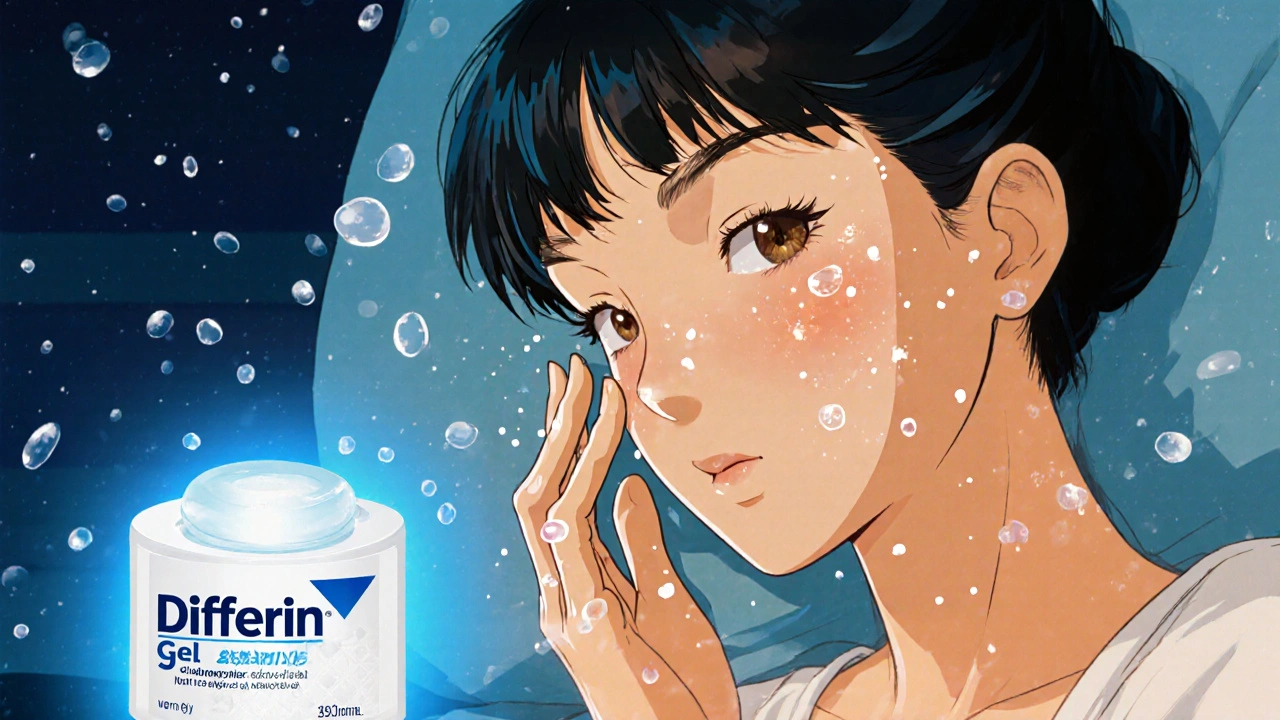
Retino A Cream 0.025% - also known as tretinoin - is one of the most trusted topical treatments for acne, fine lines, and sun-damaged skin. But if you’ve tried it and felt irritation, or if it’s too expensive, or your doctor won’t prescribe it, you’re not alone. Many people look for alternatives that work just as well without the burn. So what actually works? And how do you pick the right one without wasting time or money?
What Retino A Cream 0.025 Actually Does
Retino A Cream 0.025% contains tretinoin, a prescription-strength retinoid derived from vitamin A. It works by speeding up skin cell turnover, unclogging pores, and boosting collagen. That means fewer breakouts, smoother texture, and reduced wrinkles over time. Studies show noticeable results in 8-12 weeks for acne, and 6 months for signs of aging. It’s not a quick fix - but it’s one of the few topical treatments backed by decades of clinical data.
But here’s the catch: tretinoin is strong. Up to 75% of users experience dryness, peeling, redness, or stinging in the first few weeks. That’s why many people stop using it - not because it doesn’t work, but because it hurts too much to stick with.
Top Alternatives to Retino A Cream 0.025
If Retino A Cream is too harsh, you have several options. Not all are equal, though. Some are weaker. Some are gentler. Some are overpriced with little evidence. Here are the five most realistic alternatives, ranked by effectiveness and tolerability.
1. Adapalene 0.1% (Differin Gel)
Adapalene is the closest thing to tretinoin that you can buy without a prescription. It’s a third-generation retinoid, designed to be less irritating while still targeting acne and improving skin texture. A 2020 study in the Journal of Clinical and Aesthetic Dermatology found adapalene worked nearly as well as tretinoin for mild to moderate acne - with 30% less irritation.
It’s available as Differin Gel (0.1%) in most drugstores. Apply a pea-sized amount at night. It’s stable in sunlight, so you don’t need to worry about timing. Most people tolerate it well, even those who couldn’t handle tretinoin. It’s slower than Retino A - expect results in 10-16 weeks - but it’s a solid starter option.
2. Tazarotene 0.05% (Tazorac)
If you want something stronger than tretinoin, tazarotene is it. It’s a prescription retinoid that binds more tightly to skin receptors, making it more potent. A 2018 trial showed tazarotene improved acne lesions faster than tretinoin in 12 weeks. It’s also FDA-approved for photoaging.
But here’s the trade-off: tazarotene causes more peeling and redness than Retino A. It’s not for beginners. If you’ve already used tretinoin for a few months and your skin adapted, tazarotene might be your next step. If you’re starting out? Skip it. Stick with adapalene or lower-strength tretinoin first.
3. Bakuchiol (Plant-Based Retinoid Alternative)
Bakuchiol is a natural compound from the babchi plant. It’s been marketed as a “natural retinol” - and while it’s not chemically the same, studies suggest it mimics some of tretinoin’s effects.
A 2019 randomized trial in the British Journal of Dermatology compared 0.5% bakuchiol cream to 0.025% tretinoin over 12 weeks. Results? Similar reduction in wrinkles and pigmentation. But bakuchiol users had far less irritation. No burning. No flaking. Just calm improvement.
It’s great for sensitive skin, pregnancy, or anyone who can’t tolerate retinoids. Brands like Herbivore, The Ordinary, and Naturium offer bakuchiol serums. You’ll need patience - results take 12-16 weeks - but it’s the gentlest path to real change.
4. Retinol (Over-the-Counter)
Retinol is the most common OTC retinoid. It’s weaker than tretinoin because your skin has to convert it into retinoic acid first. That means you need higher concentrations to match tretinoin’s effect.
A 1% retinol cream is roughly equivalent to 0.025% tretinoin - but only if used consistently for 6+ months. Many products advertise “high-strength” retinol, but most contain less than 0.3%. That’s not enough to make a real difference.
Look for products with encapsulated retinol (like SkinCeuticals or Paula’s Choice) - they release slowly, reducing irritation. Also, avoid mixing retinol with vitamin C or AHAs at night. That combo can wreck your skin barrier.
5. Azelaic Acid 15-20%
Azelaic acid isn’t a retinoid, but it’s a powerful alternative for acne and redness. It reduces inflammation, kills acne bacteria, and fades dark spots. It’s especially good for rosacea-prone skin or post-acne marks.
A 2021 review in Derma Therapy found 20% azelaic acid worked as well as 0.05% tretinoin for inflammatory acne, with 50% less irritation. It’s available by prescription (Finacea) or in OTC formulas (The Ordinary, Naturium). Use it morning or night - it’s stable and non-irritating. You can even layer it with moisturizer.
How to Choose the Right Alternative
Here’s a simple decision tree based on your skin type and goals:
- If you have acne and sensitive skin → Start with adapalene 0.1%
- If you want anti-aging without irritation → Try bakuchiol
- If you’ve used tretinoin before and need more power → Ask your doctor about tazarotene
- If you’re pregnant or nursing → Stick with azelaic acid or bakuchiol
- If you want OTC and don’t mind waiting → Go for 1% encapsulated retinol
Don’t jump from one product to another every month. Skin needs 8-12 weeks to respond. Switching too soon means you’ll never know what really works.
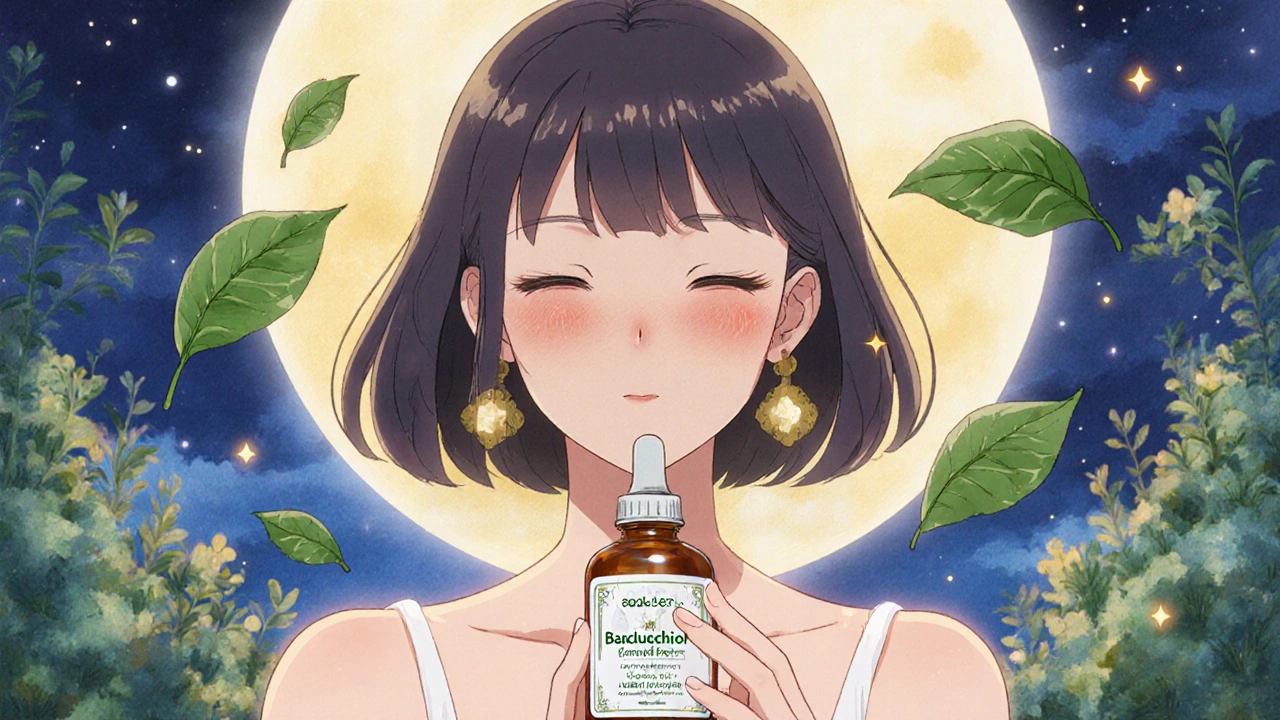
What Not to Do
Here are three common mistakes people make when switching from Retino A Cream:
- Using multiple retinoids at once - Combining tretinoin, retinol, and adapalene doesn’t make it stronger. It just destroys your barrier. Pick one.
- Applying too much - A pea-sized amount covers your whole face. More doesn’t mean better. It means more irritation.
- Skipping sunscreen - All retinoids make your skin more sun-sensitive. Daily SPF 30+ is non-negotiable.
Also, avoid products labeled “retinoid complex” or “natural retinol.” These are marketing terms. They often contain low-dose retinol or plant extracts with no proven effect.
Real Results: What to Expect Timeline
Here’s what you’ll likely see with each option, based on real user reports and clinical data:
| Product | Starts Working | Noticeable Improvement | Full Results |
|---|---|---|---|
| Retino A Cream 0.025% | 4-6 weeks | 8-12 weeks | 6-12 months |
| Adapalene 0.1% | 6-8 weeks | 10-16 weeks | 6-12 months |
| Bakuchiol | 8-10 weeks | 12-16 weeks | 6-9 months |
| Retinol (1%) | 10-12 weeks | 4-6 months | 12+ months |
| Azelaic Acid 20% | 4-6 weeks | 8-12 weeks | 3-6 months |
Notice something? The strongest product (tretinoin) doesn’t win by much. Bakuchiol and azelaic acid deliver nearly the same results - just slower. And they’re kinder to your skin.
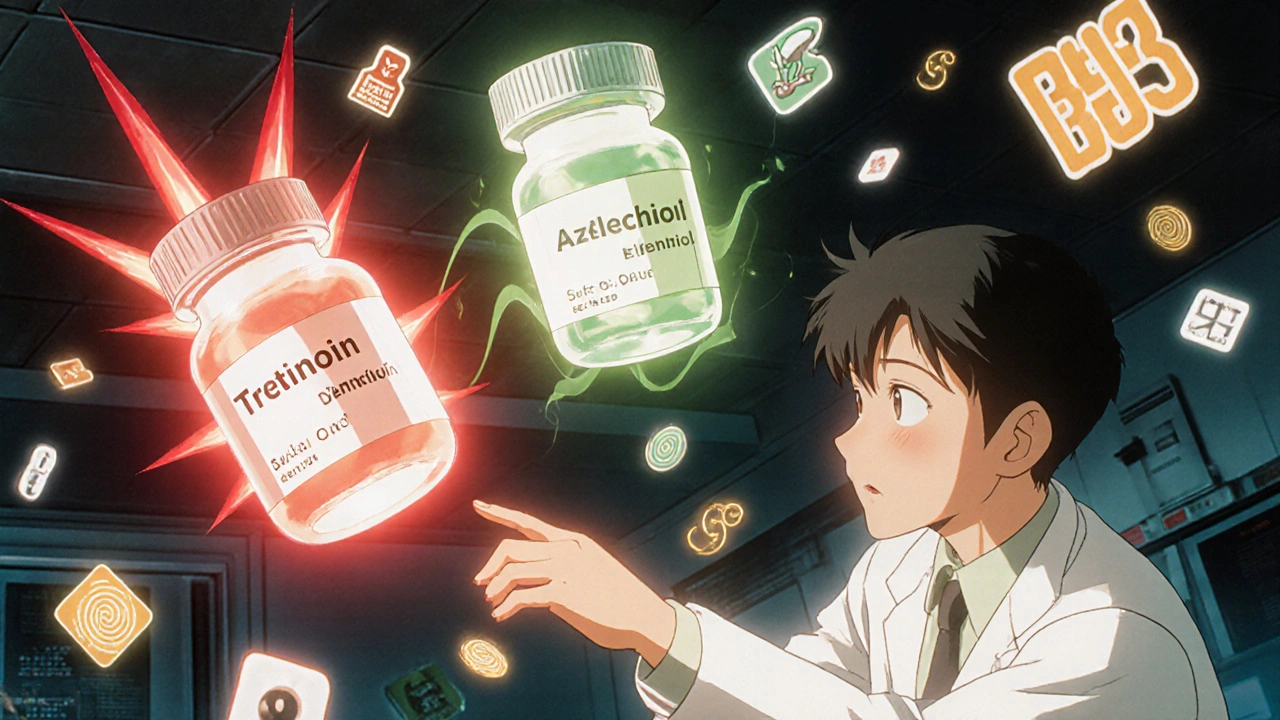
When to See a Dermatologist
You don’t need a prescription for adapalene or bakuchiol. But if:
- Your acne is cystic or leaves scars
- You have persistent redness or rosacea
- Over-the-counter products haven’t helped after 4 months
- You’re considering tazarotene or higher-strength tretinoin
Then it’s time to talk to a dermatologist. They can adjust your routine, prescribe stronger options, or rule out underlying conditions like hormonal acne.
Don’t suffer through irritation thinking it’s “part of the process.” Your skin shouldn’t feel raw. There are gentler, smarter ways to get results.
Can I use Retino A Cream 0.025 every night?
Start slow - 2-3 nights a week - and increase only if your skin tolerates it. Even after months, many people still use it every other night to avoid irritation. Nightly use isn’t necessary for results.
Is bakuchiol better than retinol?
For sensitive skin or pregnancy, yes. Bakuchiol has less irritation and similar anti-aging results in clinical studies. Retinol is cheaper and more widely available, but you need higher concentrations (1%) to match tretinoin - and even then, it’s slower.
Can I use azelaic acid with tretinoin?
Yes - but not at the same time. Use azelaic acid in the morning and tretinoin at night. This combo is powerful for acne and discoloration without overloading your skin. Many dermatologists recommend this for stubborn cases.
Why is Retino A Cream so expensive?
It’s a brand-name product. Generic tretinoin creams cost 70% less - sometimes under $20 for a tube. Check pharmacies like Costco, Walmart, or online retailers. You’re paying for the name, not better ingredients.
Do I need to stop using Retino A Cream before pregnancy?
Yes. Tretinoin is a Category C drug - meaning it may harm a fetus. Stop using it at least 1 month before trying to conceive. Bakuchiol and azelaic acid are safer alternatives during pregnancy.
Final Thoughts
Retino A Cream 0.025% works - but it’s not the only option. Adapalene, bakuchiol, and azelaic acid deliver nearly the same results with less pain. The best product isn’t the strongest. It’s the one you can use consistently without hating your skin.
Start with adapalene if you’re new. Try bakuchiol if you want gentle anti-aging. Use azelaic acid for redness or dark spots. And if you’re still stuck, talk to a dermatologist. There’s no shame in needing help - your skin deserves better than trial and error.
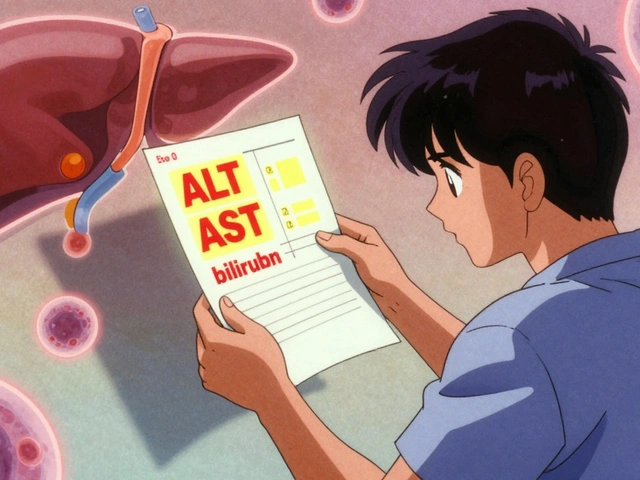
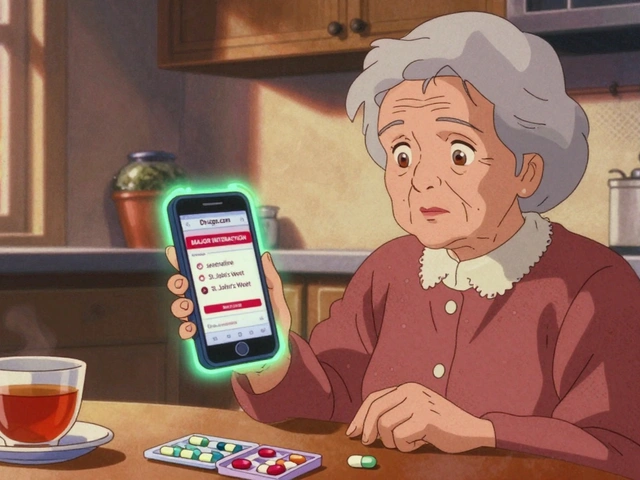
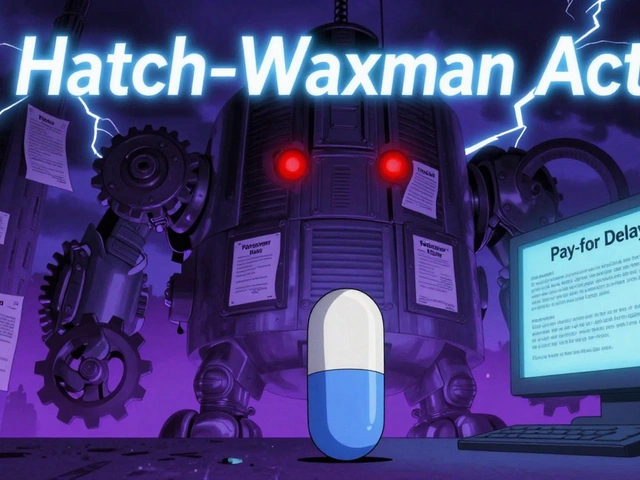
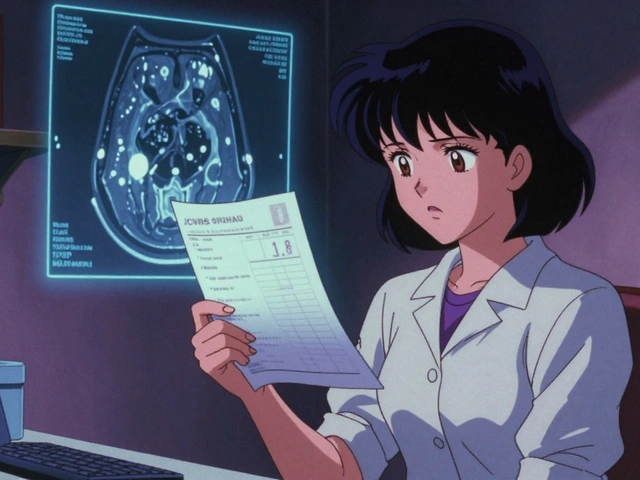
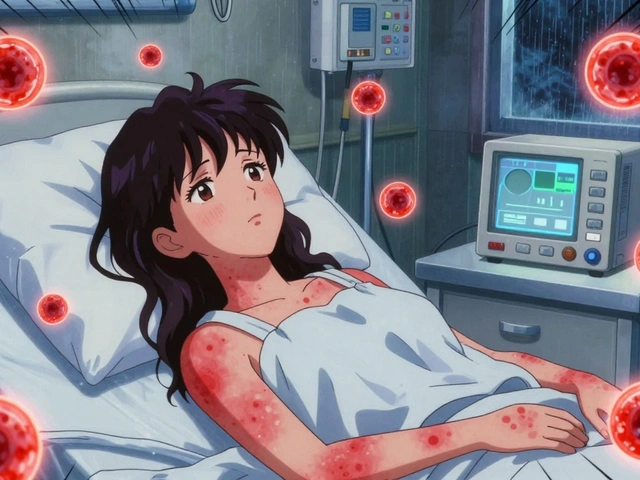
15 Comments
i tried retino a for 3 months and my face looked like a dried-out potato. switched to differin and now my skin is actually happy?? wild.
Let me get this straight - we’re treating skin like it’s a software update that needs to be ‘optimized’? We’ve turned skincare into a cult of suffering. If your face is screaming, maybe the product isn’t the answer - maybe the entire paradigm is broken.
There’s a reason bakuchiol is called ‘the chill cousin.’ It doesn’t burn. It doesn’t beg for forgiveness. It just… works. Quietly. Like wisdom.
Meanwhile, we’re all out here slathering our faces with lab-made acids like they’re holy water, hoping for divine intervention. Meanwhile, the plant-based stuff has been doing the job for centuries. We’re not innovating. We’re just rebranding ancient knowledge with a $65 price tag and a ‘clinical study’ on a website.
Adapalene is literally just tretinoin with training wheels. Don’t fool yourself. If you’re using it because you’re scared of irritation, you’re not ‘being smart’ - you’re just delaying the inevitable. Skin doesn’t get stronger by avoiding pain. It gets stronger by enduring it. You want results? Stop coddling your face.
And bakuchiol? Cute. It’s like giving your skin a lullaby instead of a workout. You’ll get ‘softer’ skin. Great. Now go look in the mirror in 6 months and tell me if your wrinkles are gone or if you just bought a $40 bottle of placebo with a pretty bottle.
Real talk: if you’re not peeling, you’re not progressing. Period.
OK BUT WHAT ABOUT THE FACT THAT TRETINOIN IS MADE BY BIG PHARMA AND THEY’RE PROFITING OFF OUR INSECURITIES??
I MEAN SERIOUSLY - YOU’RE TELLING ME A WOMAN IN HER 30S IS SUPPOSED TO BE AFRAID OF HER OWN WRINKLES AND PAY $120 FOR A TUBE OF CHEMICALS SO SOME CEO CAN BUY A THIRD YACHT??
AND THEN YOU TELL HER TO USE AZELAIC ACID IN THE MORNING AND TRETINOIN AT NIGHT LIKE SHE’S A ROBOT PROGRAMMED BY A DERMATOLOGIST WHO HAS NEVER ONCE FELT A SINGLE EMOTION??
MY SKIN ISN’T A LAB EXPERIMENT. I’M NOT A CLINICAL TRIAL. I’M A HUMAN BEING WHO JUST WANTS TO LOOK LIKE SHE’S NOT BEEN RUNNING FROM A BURNING BUILDING FOR 10 YEARS.
AND YES I’M USING BAKUCHIOL AND I’M NOT ASHAMED.
It is important to emphasize that consistency, not intensity, yields sustainable dermatological improvement. The notion that irritation equates to efficacy is both scientifically inaccurate and psychologically damaging. Clinical data consistently demonstrates that lower concentrations, when applied with regularity and paired with appropriate barrier support, achieve comparable long-term outcomes to aggressive regimens.
Furthermore, the concept of ‘skin tolerance’ is not a sign of weakness - it is a physiological adaptation that should be respected. The skin barrier, composed of lipids, proteins, and microbiota, functions as an ecosystem. Disrupting it through excessive exfoliation or concurrent use of multiple actives often leads to increased transepidermal water loss, inflammation, and long-term sensitivity.
Therefore, I recommend a minimalist approach: one active, one moisturizer, one sunscreen. Patience is not passive - it is the most effective strategy in topical dermatology.
Let’s be real - you’re all just chasing the ghost of youth while ignoring the fact that your skin is a living organ, not a TikTok filter.
Tretinoin? Sure. It’s the Ferrari of retinoids. But you’re not driving it - you’re crashing it into a wall every night because you think ‘more burn = more progress.’
Bakuchiol? It’s the Prius. Quiet. Efficient. Doesn’t make you look like you lost a fight with a sandblaster.
And azelaic acid? That’s the Swiss Army knife - kills bacteria, fades dark spots, calms redness, and doesn’t scream at you when you touch your face. But no, you’d rather pay $80 for a ‘power combo’ that turns your skin into a traffic cone.
Here’s the truth: your skin doesn’t need a war. It needs a gardener. Water it. Protect it. Let it breathe. Stop treating your face like a battlefield and start treating it like home.
you guys are overthinking this. i used differin for 6 months, no burn, no drama. my skin just… improved. like, quietly. no one noticed but me. and that’s the point. you don’t need to scream for results. just be consistent. and stop buying 10 different serums. one thing. once a day. that’s it. my skin ain’t a museum. it’s just skin.
Okay, but have you considered that the real problem isn’t the product - it’s the expectation?
We’ve been sold this fantasy that skin should be flawless by 25, and if it’s not, you’re failing. So we stack actives like we’re building a Jenga tower made of acids, hoping to win the game - but the rules were never fair to begin with.
Retinoids aren’t magic. They’re tools. And tools don’t fix broken systems. You can’t fix a compromised barrier with more exfoliation. You can’t fix chronic stress with a $50 serum.
Maybe your skin isn’t the problem. Maybe your life is. Sleep. Diet. Anxiety. Sun exposure. Hormones. Those things matter more than whether you use 0.025% or 0.1%.
Try using less product and more self-compassion. Your skin will thank you. And honestly? So will you.
I don’t know why anyone even bothers with this whole thing. You spend months slathering your face with chemicals, then you get one decent day and you post a selfie like you just won the lottery. Meanwhile, your skin is crying in the corner, begging for mercy.
And the worst part? You’ll keep doing it. Because you’re addicted to the idea of ‘perfect skin’ - not the actual result.
I’ve seen people quit their jobs to follow skincare influencers. I’ve seen people cry because their ‘retinoid journey’ didn’t work fast enough. You’re not treating acne. You’re treating insecurity.
Just wash your face. Moisturize. Wear sunscreen. That’s it. Everything else is noise.
And if you’re still not happy? Maybe it’s not your skin. Maybe it’s you.
As someone who has lived in four countries and observed skincare rituals across cultures, I find it fascinating how Western dermatology has elevated retinoids to near-mythical status. In Japan, for example, the emphasis is on barrier repair and minimalism - yet their population has some of the lowest rates of photoaging. In Korea, gentle fermentation extracts and rice water are preferred over aggressive exfoliation.
Perhaps the real question is not which retinoid is strongest, but why we have internalized the belief that pain must precede beauty. Is this a medical truth - or a cultural narrative?
Okay, I just want to say - I used tretinoin for 8 months. I cried. I bled. I bought 17 different moisturizers. I thought I was being strong.
Then I tried bakuchiol. No burning. No peeling. No existential dread every time I washed my face.
And guess what? Six months later? My skin looks better than it did at 22.
So if you’re still using tretinoin because you think it’s ‘the only thing that works’ - you’re not being brave. You’re being brainwashed.
It’s okay to want results without suffering. It’s okay to choose peace over pain. You’re not weak. You’re wise.
And if your dermatologist says bakuchiol is ‘just a trend’? Tell them I said hi.
Also, I’m now in love with my skin. And I didn’t have to destroy it to get there.
Let’s talk about the elephant in the room: most people don’t actually need retinoids. Not really. Not for the reasons they think.
Acne? Could be hormones. Could be diet. Could be stress. Could be pillowcases.
Wrinkles? Could be dehydration. Could be sun damage from 10 years ago. Could be lack of sleep.
And yet, we reach for the strongest chemical we can find because it’s the easiest fix. We’re not treating skin - we’re treating anxiety.
Bakuchiol isn’t a ‘gentle alternative.’ It’s a smarter one. Azelaic acid isn’t a ‘backup plan.’ It’s a targeted solution. Adapalene isn’t ‘weaker’ - it’s calibrated.
Stop trying to win a skincare war. Start trying to heal a skin ecosystem.
And if you’re still using 3 retinoids at once? Please, for the love of all that is holy - stop.
Just a quick note - if you’re using tretinoin and your skin feels like sandpaper, you’re not ‘building tolerance’ - you’re damaging your barrier. And once it’s gone, it takes months to rebuild. Maybe even longer.
Adapalene is the sweet spot for most people. It’s effective, stable, and doesn’t require you to become a monk who only showers with lukewarm water and avoids all human contact.
Also - please, please, please stop using vitamin C with retinol at night. That combo is like throwing gasoline on a fire. Use vitamin C in the AM. Use retinoid in the PM. Simple. Effective. No drama.
And if you’re still buying ‘retinoid complex’ products? Just walk away. It’s marketing. Not science.
Interesting. So now the ‘gentle path’ is the new orthodoxy. Who knew? The same people who once preached ‘no pain, no gain’ are now selling you bakuchiol like it’s the Holy Grail.
But here’s the twist: the people who actually stuck with tretinoin? They’re the ones with the skin that looks like it was carved from marble at 40.
So who’s right? The ones who suffered? Or the ones who skipped the grind?
Maybe the truth is - it’s not about the product. It’s about the person. Some people thrive on discipline. Others need comfort. Neither is wrong. But don’t pretend one is superior. Just because you didn’t cry doesn’t mean you won.
Real results aren’t measured in irritation. They’re measured in consistency. And consistency looks different for everyone.
And that’s exactly why I’m done with skincare debates.
My skin doesn’t care if you think tretinoin is ‘the real deal.’ It doesn’t care if you think bakuchiol is ‘just a plant.’
All it cares about is whether I show up for it - gently, consistently, without shame.
So I’ll keep using bakuchiol. I’ll keep moisturizing. I’ll keep wearing SPF.
And I’ll keep living my life - not waiting for my skin to be ‘fixed’ before I’m happy.
That’s the real win.
Thanks for the conversation. But I’m done arguing about which chemical is better.
I’m done. And I’m finally free.